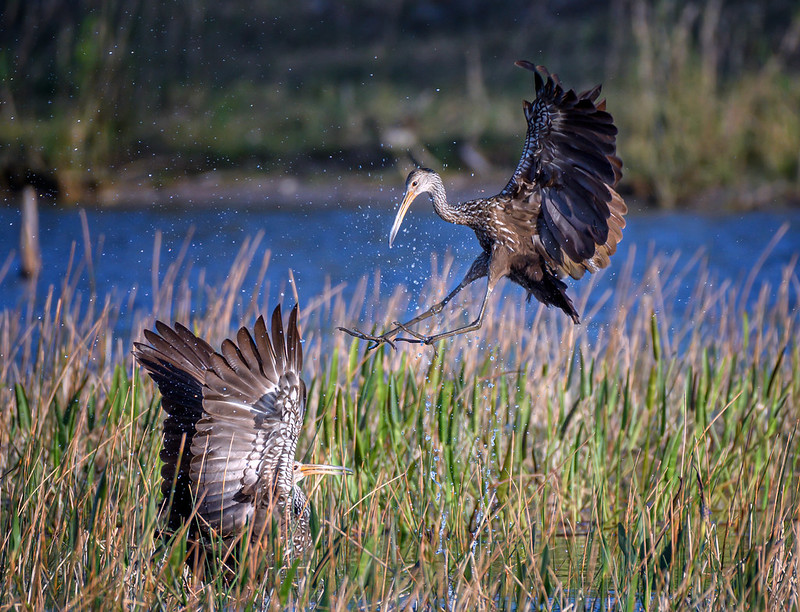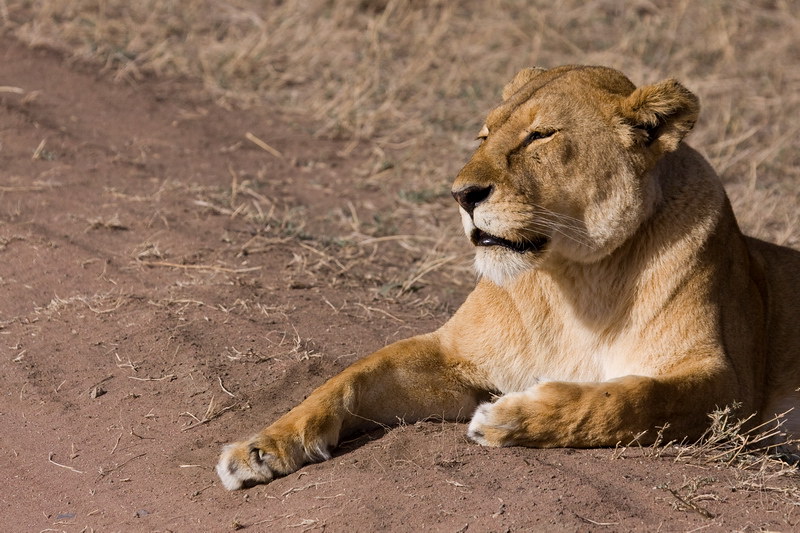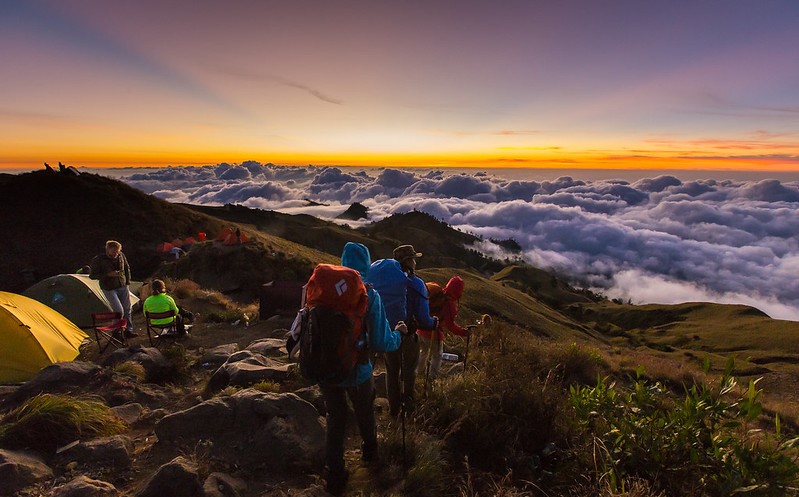Wildlife Management Areas (WMAs) are designated regions specifically set aside for the conservation, management, and sustainable use of wildlife resources. These areas play a crucial role in preserving biodiversity, protecting endangered species, and ensuring that natural habitats are maintained for future generations. Unlike national parks and game reserves, Wildlife Management Areas are often managed in collaboration with local communities, allowing for both conservation and sustainable economic activities like eco-tourism and controlled hunting.
The Purpose of Wildlife Management Areas
The primary purpose of Wildlife Management Areas is to create a balanced environment where wildlife can thrive while also benefiting local communities. These areas are essential for conserving critical habitats, protecting endangered species, and maintaining the ecological integrity of large landscapes. By designating certain areas for wildlife management, countries can ensure that their natural resources are used in a sustainable manner, providing long-term economic and environmental benefits.
Conservation and Sustainable Use
In many parts of the world, particularly in Africa, Wildlife Management Areas serve as buffer zones between fully protected national parks and human settlements. This helps to reduce human-wildlife conflict and ensures that wildlife populations have enough space to move and reproduce. The sustainable use of resources within WMAs is a key aspect of their management, allowing for activities like controlled hunting, eco-tourism, and gathering of natural resources to be carried out in a way that does not harm the environment or deplete wildlife populations.
Community Involvement
One of the unique aspects of Wildlife Management Areas is the active involvement of local communities in their management. Communities living near or within WMAs often participate in decision-making processes, ensuring that their needs and knowledge are considered in conservation efforts. This participatory approach not only helps to protect wildlife but also provides economic benefits to the communities, such as income from tourism or sustainable harvesting of resources.
The Role of Wildlife Management Areas in Conservation
Wildlife Management Areas are vital for the protection of biodiversity. They serve as refuges for endangered species and contribute to the preservation of genetic diversity within wildlife populations. WMAs also play a critical role in maintaining ecosystem services, such as water purification, soil stabilization, and carbon sequestration, which are essential for the health of the planet.
Protecting Endangered Species
In many regions, WMAs are home to species that are endangered or vulnerable. By providing a safe habitat with minimal human disturbance, these areas help to stabilize and increase populations of species that might otherwise be at risk of extinction. For example, WMAs in Tanzania and Zimbabwe are known for their efforts in protecting large mammals like elephants, lions, and rhinos, which are often targeted by poachers.
Supporting Ecosystem Services
Ecosystems within Wildlife Management Areas provide a range of services that are crucial for environmental health and human well-being. These include regulating water cycles, maintaining soil fertility, and supporting plant and animal life. By protecting these areas, we ensure that these ecosystem services continue to function, providing benefits not just to wildlife but to humans as well.
Benefits of Wildlife Management Areas
Wildlife Management Areas offer numerous benefits, both ecological and socio-economic. These benefits are not only limited to conservation but also extend to enhancing the livelihoods of local communities and contributing to national economies.
Ecological Benefits
The ecological benefits of Wildlife Management Areas are extensive. They help in preserving critical habitats, maintaining biodiversity, and supporting the survival of various species. WMAs often act as wildlife corridors, linking different protected areas and allowing animals to move freely across larger landscapes. This connectivity is essential for maintaining genetic diversity and ensuring the long-term viability of wildlife populations.
Habitat Preservation
WMAs are often established in regions that are critical for the survival of certain species or that represent unique ecosystems. By protecting these areas from development or over-exploitation, WMAs help preserve the natural landscapes that are essential for wildlife. This includes forests, wetlands, grasslands, and savannas, each of which supports different communities of plants and animals.
Biodiversity Conservation
Biodiversity is the foundation of healthy ecosystems, and WMAs play a crucial role in its conservation. By maintaining a variety of habitats, these areas support a wide range of species, including those that are rare or endangered. This biodiversity not only contributes to the ecological health of the region but also enhances its resilience to environmental changes such as climate change.
Socio-Economic Benefits
Wildlife Management Areas are also important for the economic development of rural communities. They provide opportunities for income generation through eco-tourism, sustainable hunting, and the sale of natural resources. In many cases, the revenue generated from these activities is reinvested into community development projects, such as building schools, improving healthcare, and providing clean water.
Eco-Tourism Opportunities
Eco-tourism is a significant economic driver in many Wildlife Management Areas. Tourists are drawn to these areas to experience their natural beauty and to see wildlife in its natural habitat. This influx of visitors generates income for local communities through guided tours, accommodation, and the sale of crafts and other goods. By promoting eco-tourism, WMAs help to create jobs and reduce poverty in rural areas.
Sustainable Resource Use
In addition to eco-tourism, WMAs often allow for the sustainable use of natural resources, such as timber, honey, and medicinal plants. These resources can be harvested in a way that does not deplete the environment, providing a continuous source of income for local people. This sustainable approach ensures that both the wildlife and the communities that depend on these areas can thrive together.
Challenges Facing Wildlife Management Areas
Despite their many benefits, Wildlife Management Areas face several challenges that can hinder their effectiveness. These include issues related to funding, human-wildlife conflict, and illegal activities such as poaching and logging.
Funding and Management
One of the most significant challenges facing WMAs is securing adequate funding for their management. Conservation efforts can be costly, requiring resources for patrolling, habitat restoration, and community engagement. Without sufficient financial support, WMAs may struggle to achieve their conservation goals.
Human-Wildlife Conflict
As human populations grow and expand into wildlife habitats, conflicts between people and animals can increase. Wildlife Management Areas are often at the frontlines of these conflicts, as animals may venture out of the protected areas in search of food or water. This can lead to crop damage, livestock loss, and even human casualties, making it difficult to balance conservation with the needs of local communities.
Illegal Activities
Illegal activities, such as poaching and logging, pose a significant threat to Wildlife Management Areas. These activities not only endanger wildlife but also undermine conservation efforts and the long-term sustainability of the areas. Effective law enforcement and community involvement are essential to combat these threats and to ensure that WMAs can continue to fulfill their conservation objectives.
Wildlife Management Areas are a critical component of global conservation efforts. They provide a refuge for wildlife, support biodiversity, and offer economic benefits to local communities. However, the success of these areas depends on effective management, adequate funding, and the cooperation of all stakeholders involved.
As the world continues to face environmental challenges such as climate change and habitat loss, the role of Wildlife Management Areas in conservation will only become more important. By protecting these areas and ensuring their sustainable use, we can help to preserve the natural world for future generations.



